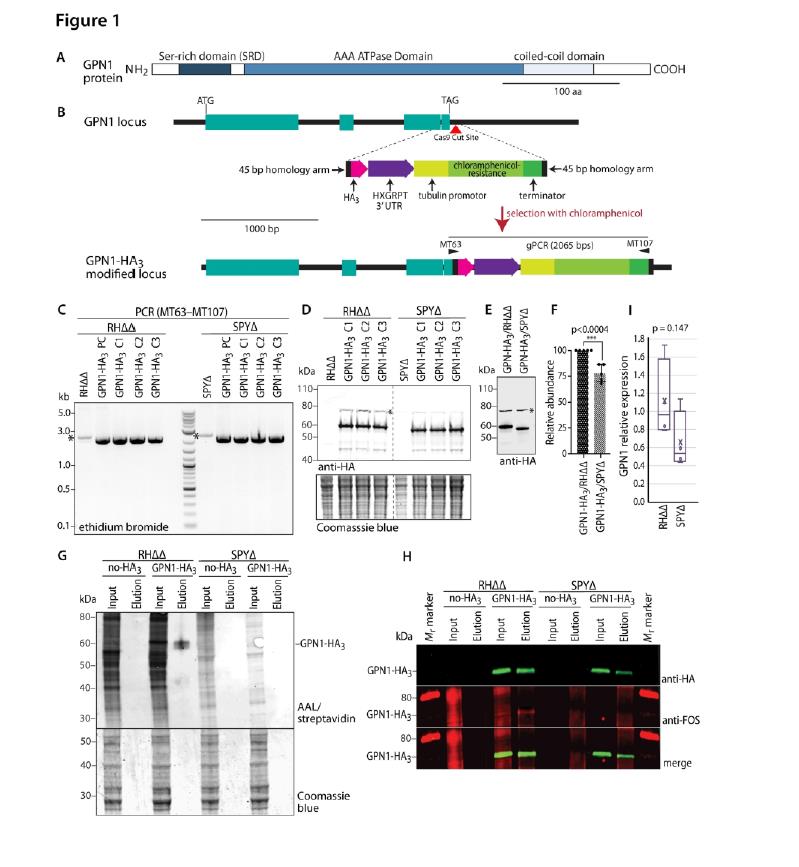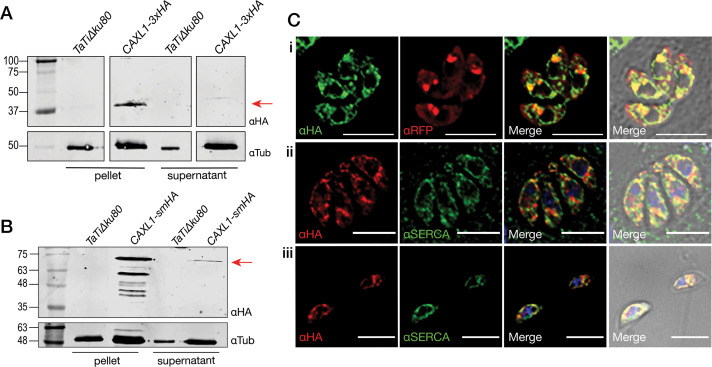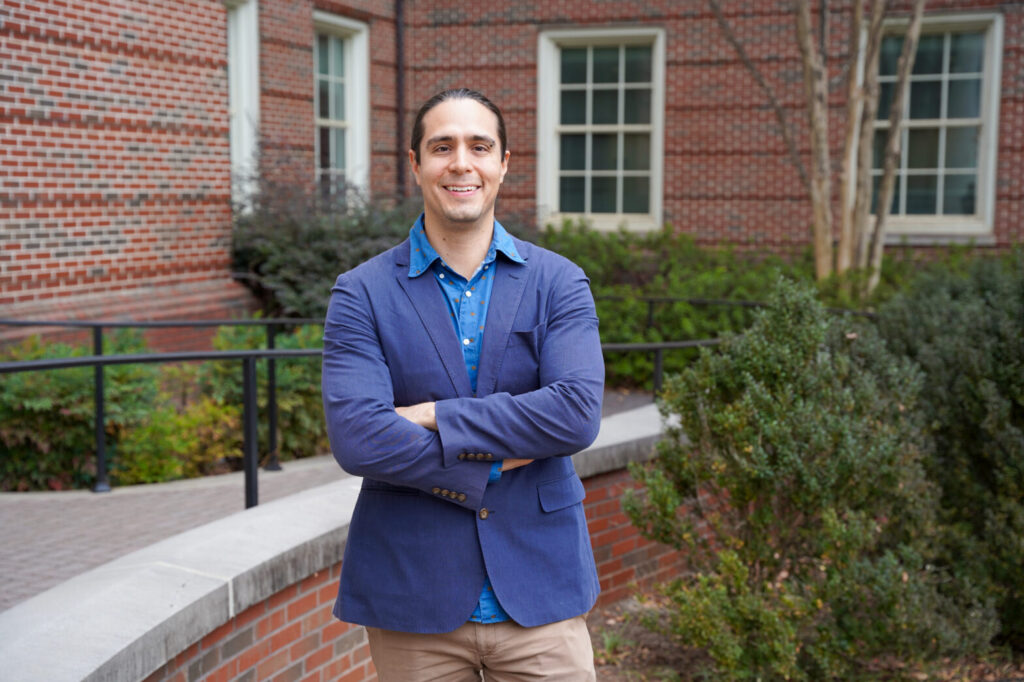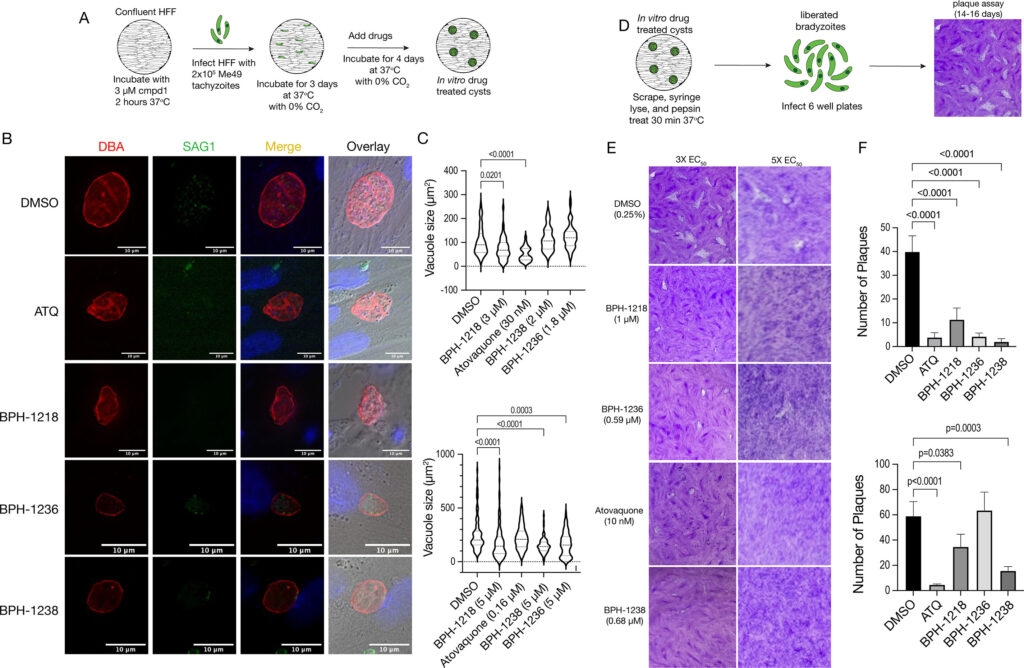Calcium transfer from the ER to other organelles for optimal signaling in Toxoplasma gondii
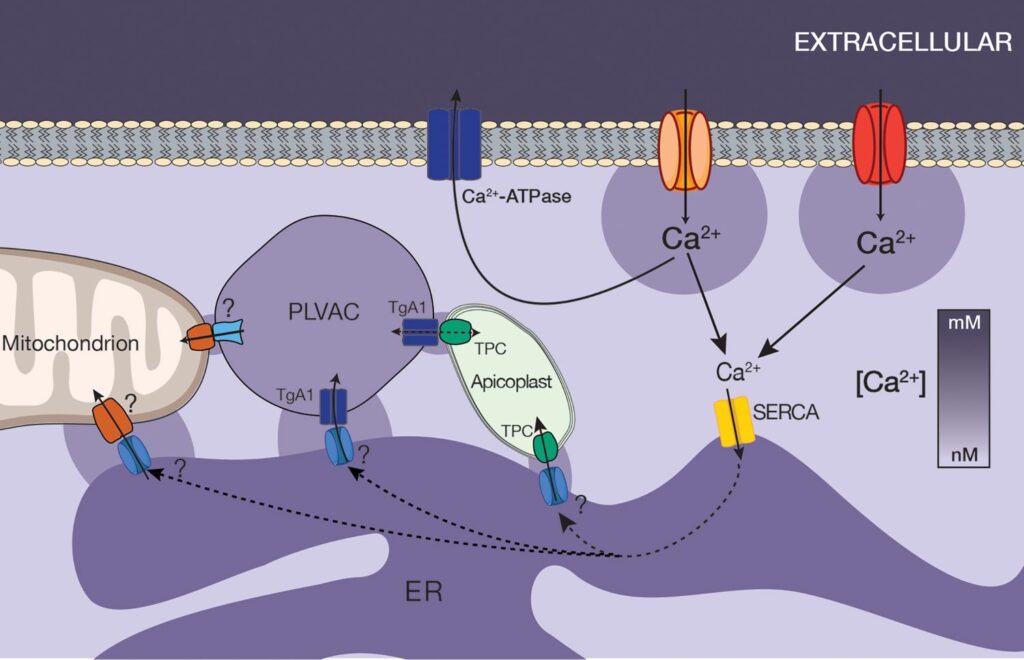
Ca2+ signaling in cells begins with the opening of Ca2+ channels in either the plasma membrane (PM) or endoplasmic reticulum (ER), leading to a sharp increase in the physiologically low (<100 nM) cytosolic Ca2+ level. The temporal and spatial regulation of Ca²+ is crucial for the precise activation of key biological processes. In the apicomplexan parasite Toxoplasma gondii, which infects approximately one-third of the global population, Ca²+ signaling governs essential aspects of the parasite’s infection cycle. T. gondii relies on Ca²+ signals to regulate pathogenic traits, with several Ca²+-signaling components playing critical roles. Ca2+ entry from the extracellular environment has been demonstrated in T. gondii for both, extracellular parasites, exposed to high Ca2+, and intracellular parasites, which acquire Ca²+ from host cells during host Ca²+ signaling events. Active egress, an essential step of the parasite’s infection cycle, is preceded by a large increase in cytosolic Ca2+, most likely initiated by release from intracellular stores. However, extracellular Ca2+ is also necessary to reach a cytosolic Ca2+ threshold required for timely egress. In this study, we investigated the mechanism of intracellular Ca²+ store replenishment and identified a central role for the SERCA-Ca2+-ATPase in maintaining Ca²+ homeostasis within the ER and in other organelles. We demonstrate mitochondrial Ca2+ uptake, which occurs by transfer of Ca2+ from the ER, likely through membrane contact sites. Our findings suggest that the T. gondii ER plays a key role in sequestering and redistributing Ca²+ to intracellular organelles following Ca²+ influx at the PM.
Zhu-Hong Li, Beejan Asady, Le Chang, Myriam Andrea Hortua Triana, Catherine Li, Isabelle Coppens, Silvia N J Moreno. Elife. 2025 Nov 12:13:RP101894. doi: 10.7554/eLife.101894.

